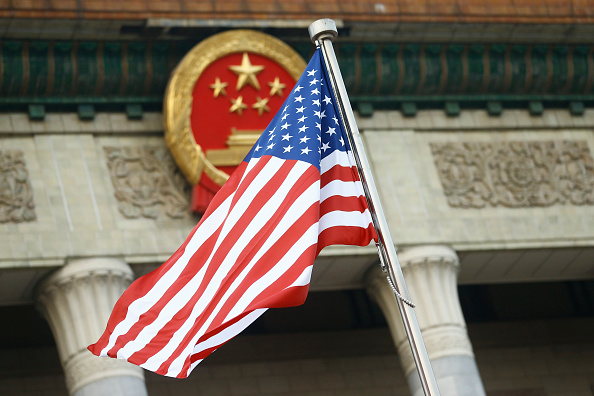U.S. and Chinese officials have begun talking again, according to news reports, to end a trade dispute that has dragged on since August 2017. Speaking to reporters earlier this week, President Trump illustrated how negotiations between the United States are progressing: “They're speaking very much on the phone, but they're also meeting. … Yeah, it's essentially already begun. It actually began before our meeting.”
The President noted last week that the Chinese have agreed to buy large amounts of ag products from U.S. farmers, but the Chinese government has given no details. “China is going to start … spending money, even during the negotiation, to our farmers, our great farmers in the Midwest …” Trump said this weekend. “And China is going to be buying a tremendous amount of food and agricultural product, and they're going to start that very soon, almost immediately. We're going to give them lists of things that we'd like them to buy.”
A Politico report looked into what products that may include: soybeans are likely to be on top of the list. Soybean farmers have been hit hardest by the trade war because China was once the top export market for U.S. soybeans. Beijing bought another 544,000 metric tons last week, its largest buy since March. Pork might be another key item on the list as pork producers. As African Swine Fever continues to ravage China’s once-giant herds, Beijing could now turn to U.S. hog farmers to fill in the country’s appetite for protein.
Dairy products remain caught in the cross-hairs of disputes with China and Mexico. Last month, China officially retaliated against the United States by raising tariffs once again on dairy ingredients — infant formula, ice cream, casein/caseinates, high protein whey, and other products. Uncertainty with China and further tariff threats with key trading partners threaten to permanently weaken U.S. dairy’s export position.
The United States has now implemented three rounds of tariff increases on a total of $250 billion worth of Chinese products, while China has increased tariffs (at rates ranging from 5% to 25%) on $110 billion worth of U.S. products. The Trump Administration has threatened to increase tariffs on nearly all remaining imports from China (valued at $300 billion)—although a truce remains in place for now.
According to the Ag Economy Barometer published each month by Purdue University and CME Group, farmers are losing patience as exports continue to suffer due to ongoing trade disputes. The Ag Economy Barometer is at one of its lowest sustained points in the current Administration, although sentiment did improve in June as crop prices rose related to planting challenges across the Northern and Midwestern United States.
The next summit between top U.S.-China negotiators hasn’t been set yet, and the Trump administration isn’t saying yet which ag commodities will be on the list for China to buy.

